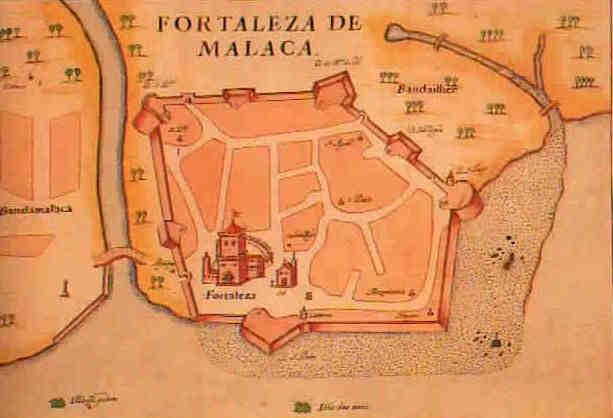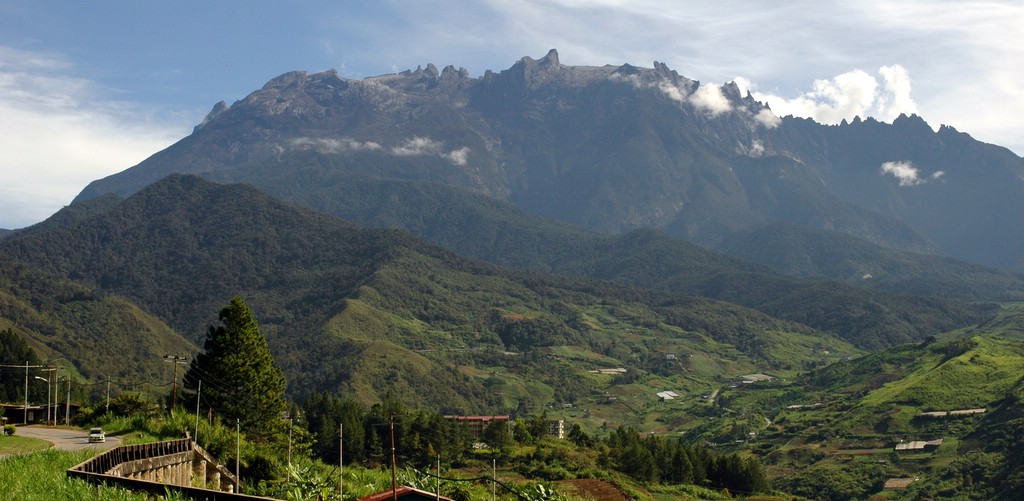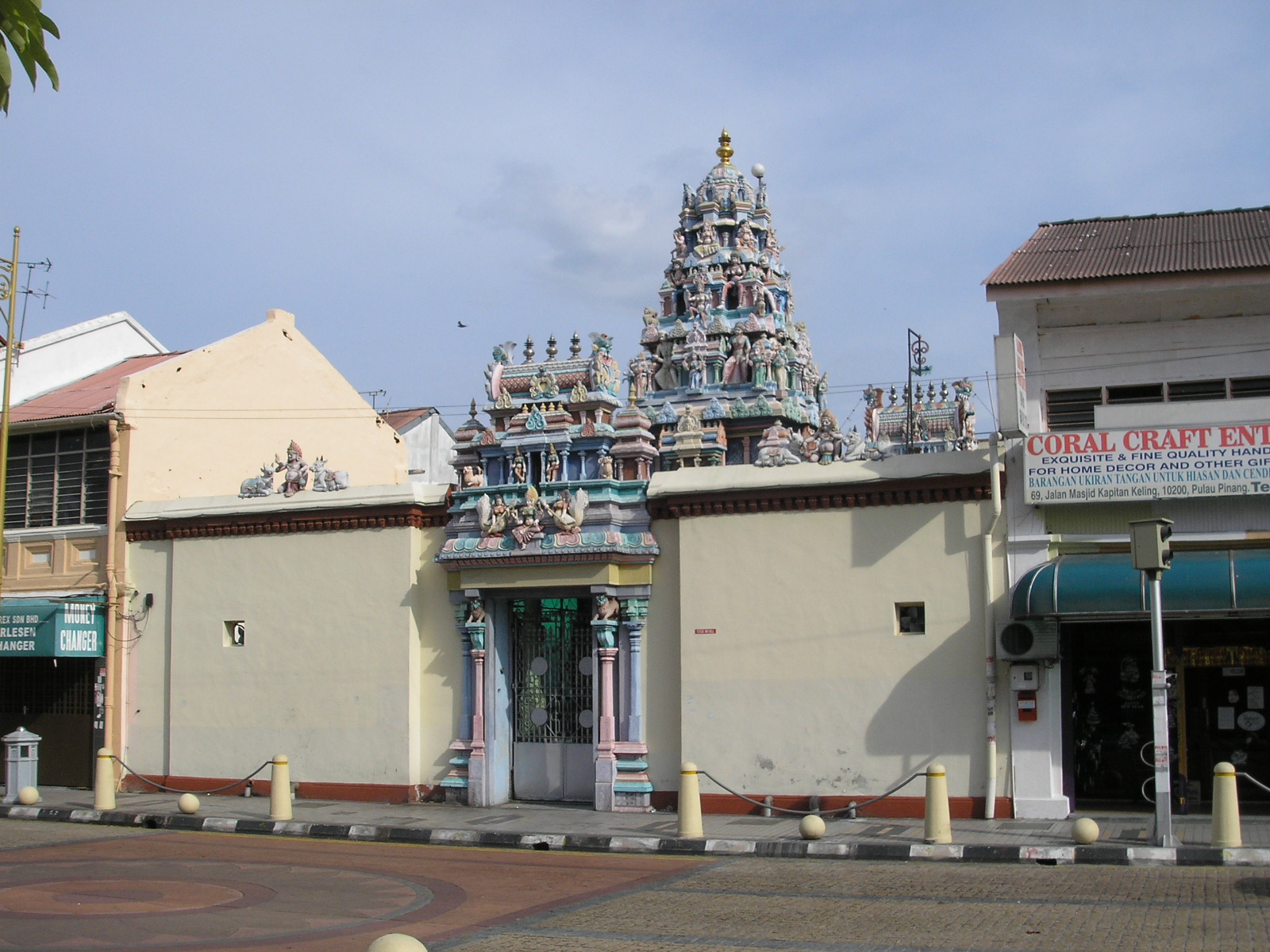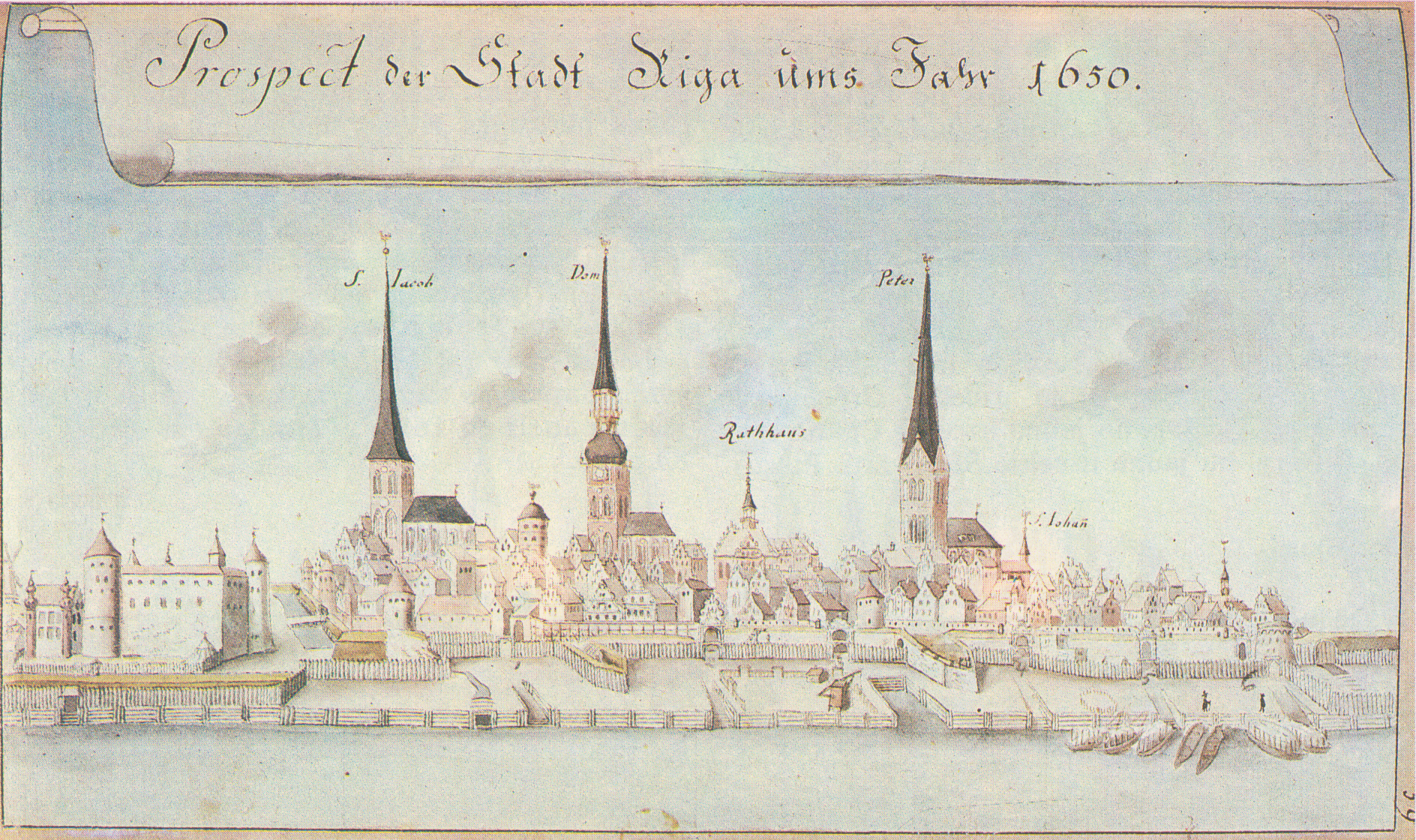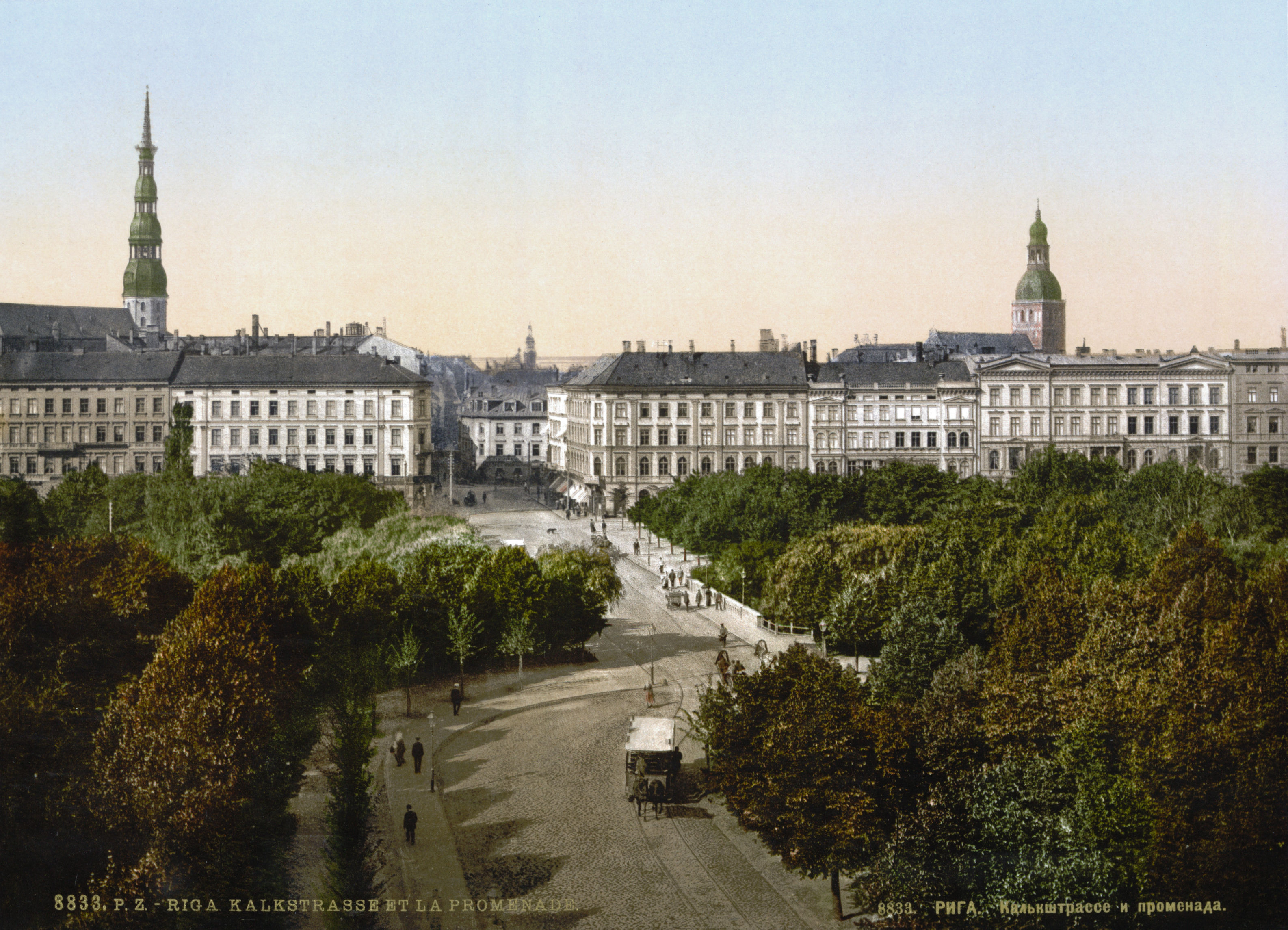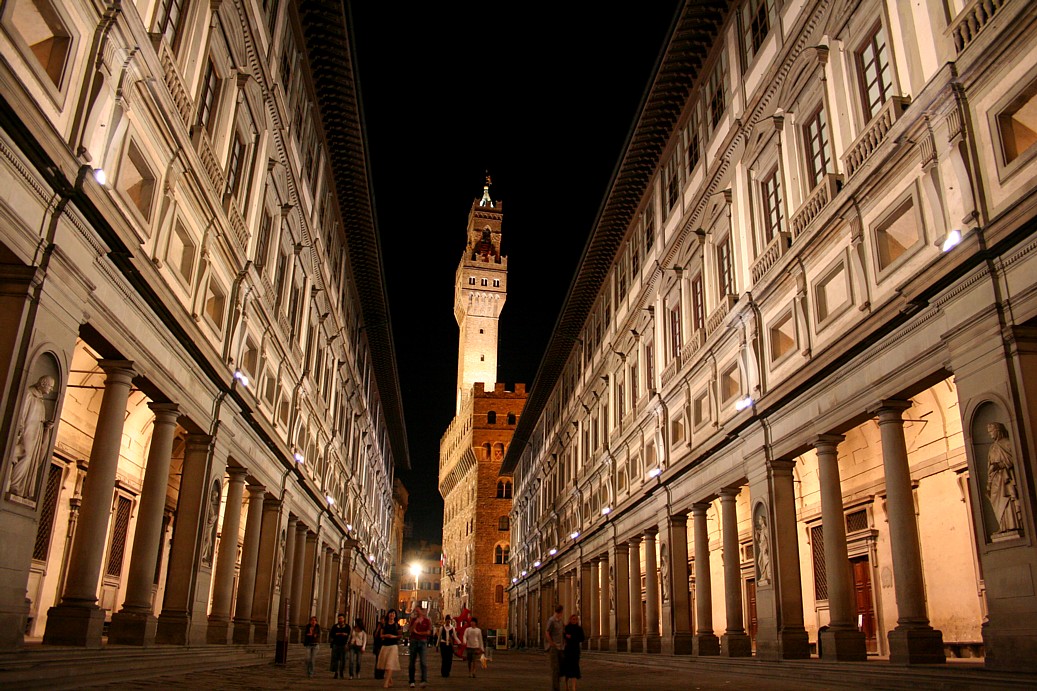
These postcard sent to me by Edy
There is no written record of who built Borobudur or of its intended purpose.[16] The construction time has been estimated by comparison between carved reliefs on the temple's hidden foot and the inscriptions commonly used in royal charters during the eight and ninth centuries. Borobudur was likely founded around 800 AD.[16] This corresponds to the period between 760–830 AD, the peak of the Sailendra dynasty in central Java,[17] when it was under the influence of the Srivijayan Empire. The construction has been estimated to have taken 75 years and been completed during the reign of Samaratungga in 825. Read more
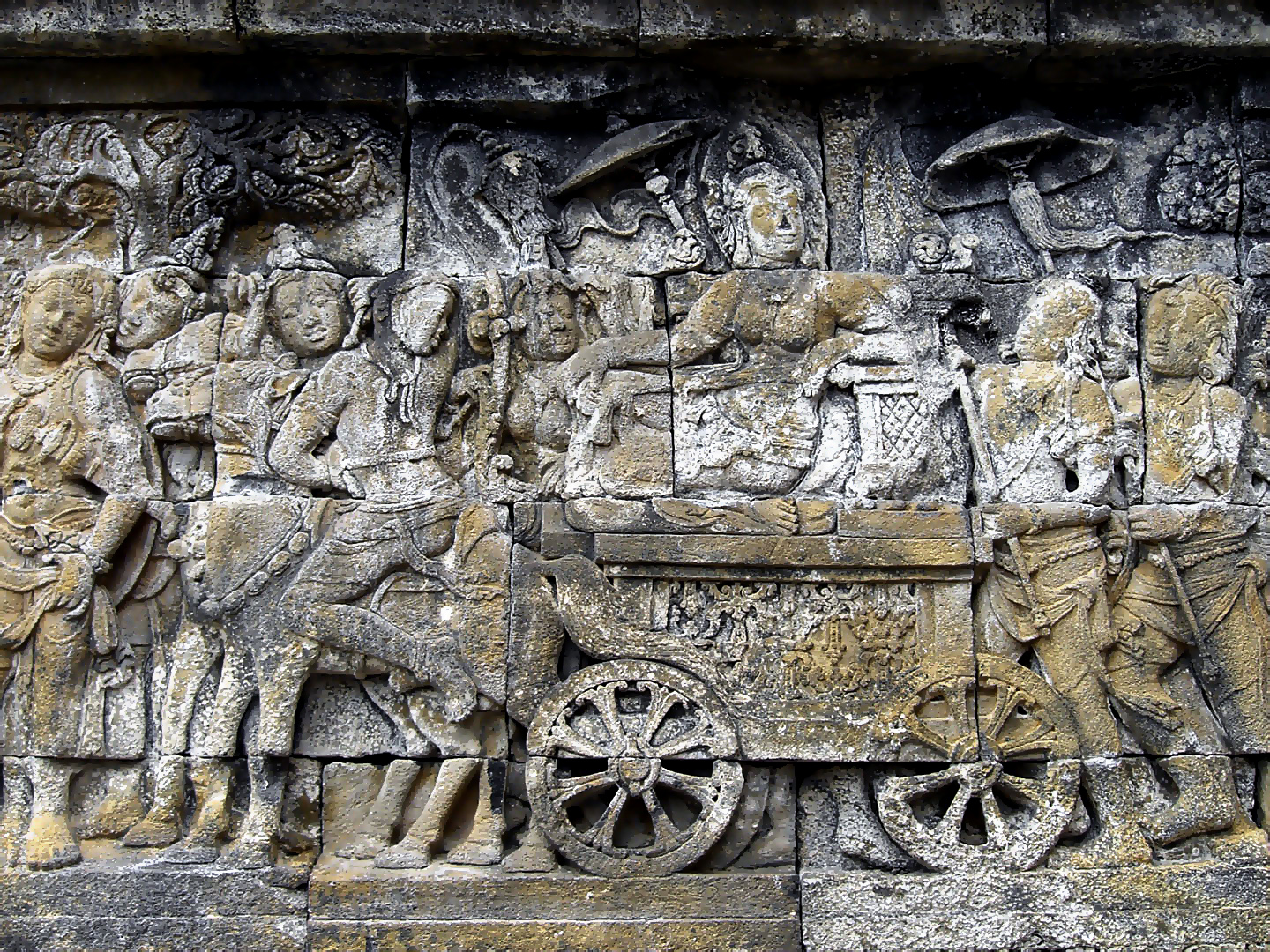 Queen Maya riding horse carriage retreating to Lumbini to give birth to Prince Siddhartha Gautama.
Queen Maya riding horse carriage retreating to Lumbini to give birth to Prince Siddhartha Gautama.Evidence suggests Borobudur was abandoned following the fourteenth century decline of Buddhist and Hindu kingdoms in Java, and the Javanese conversion to Islam. Worldwide knowledge of its existence was sparked in 1814 by Sir Thomas Stamford Raffles, the then British ruler of Java, who was advised of its location by native Indonesians. Borobudur has since been preserved through several restorations. The largest restoration project was undertaken between 1975 and 1982 by the Indonesian government and UNESCO, following which the monument was listed as a UNESCO World Heritage Site. Borobudur is still used for pilgrimage; once a year Buddhists in Indonesia celebrate Vesak at the monument, and Borobudur is Indonesia's single most visited tourist attraction.
Information and Image Obtained From Wikipedia, the free encyclopedia





